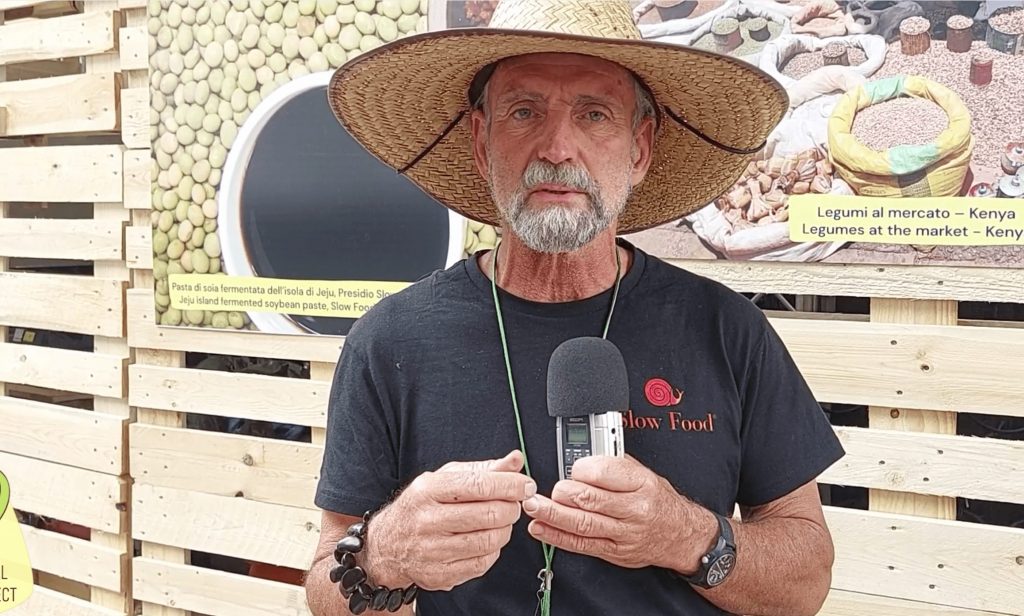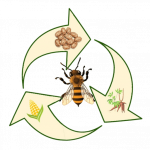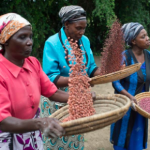In this 5th “Behind the Seeds” interview in “Terra Madre”, the international Slow Food convention in Torino, we interviewed Paul Maschka, from San Diego California. He is an organic farmer who farms part-time and teaches organic farming the rest of the time to help people start growing and sometimes even change their careers!
In this video, we invite you to discover the story of Paul and his Lima and Chinese beans.

The Lima bean and the Chinese bean

One of his passion is beans, and during the interview, he introduced us to the “Lima Bean”:
The first variety of Lima bean Paul shows us is from Lima (Peru), it’s from a tropical perennial plant that grows “forever” as Paul says in the video. The plant’s latin name, “lunatus,” means “half-moon” and refers to the shape of the bean. It can grow up under the trees, and in a good tropical environment it can really continue to grow during a long time. It can also be grown in colder climates, the plant then goes into dormancy in the winter.
They look white and black, but they turn pink and purple when they are cooked! Isn’t it crazy? They are firm and taste “meaty” a bit nutty.

The second lima bean Paul showed is his favourite bean to grow. He got it from a friend of his who gave him 3 seeds of this variety: the “Chinese bean”.
Paul describes these Chinese beans as small Lima beans, he has never cooked them but he finds them impressive and very beautiful.
How did you start getting interested in legumes, and to grow them?
Paul tells us that when he was a kid, one of the first things they did at school was to take a seed, put it in paper towel, and two days later it started to grow, and then they put it in the ground. The magic of childhood has remained, and that’s why he is so passionate about beans.
Beans can be stored for more than a hundred years and do not rot. The Anastasy bean from the south west of the USA has been found and dated to be about 1500 years old, the species no longer existed on the planet, and thanks to this find it is now being cultivated and traded.
The story of the Cave Bean
According to studies, the beans can remain alive and edible for thousands of years. The cave was found in a cave, in a tiny little basket, and scientists have carbon-dated it to 1500 years ago. This specie of bean no longer exists on the planet, but thanks to this discovery, it is now being cultivated in different places in the planet.





